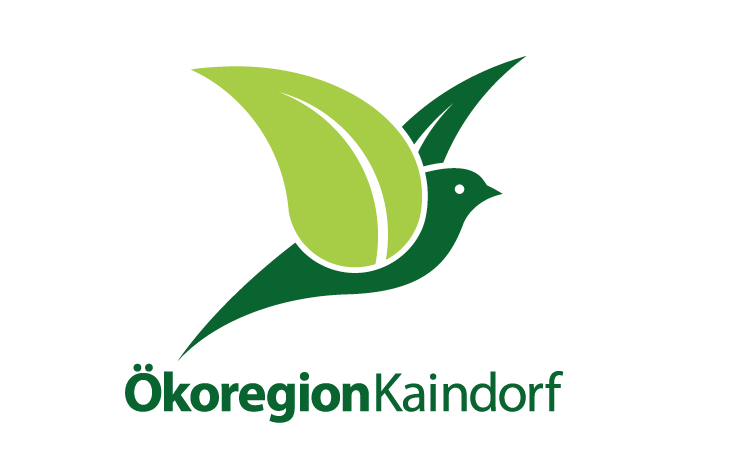TOUR INFO & UPDATES
Ecoregion Kaindorf


While biochar is a key focus of our tour, there are other methods available for building soil carbon.
The ecoregion Kaindorf, a collaboration of 6 communities in Austria, has spent the last 11 years proving that farmers, given sufficient market incentives, can quickly rebuild soil carbon. Increased soil carbon is not only effective in rebalancing atmospheric carbon, it also improves soil water management and can significantly reduce or eliminate soil erosion.
Participants on the 2018 biochar study tour will learn about the voluntary carbon credit system created to support farmers in building soil carbon including farmer selection, education as well as the measurement systems used to verify increased soil carbon. The impressive results achieved will also be discussed. Based on the success so far, the ecoregion has ambitions to spread the program throughout Austria and beyond. This tour is one of the first opportunities for non-German speakers to learn about this unique and notable program.
Sonnenerde

In addition to learning about the soil building initiatives, participants will visit Sonnenerde, one of the most established biochar production facilities in Europe. Sonnenerde has been in the soil amendment business for the past 20 years and started research on Terra Preta soils a decade ago. In 2012 they constructed the 1st industrial scale biochar production plant in Europe featuring pyrolysis equipment fabricated by Pyreg. They now produce a wide variety of different blends of soil amendments (with and without biochar!) for lawns, athletic fields, roof gardens and more. Participants will visit the production plant as well as a variety of test bed sites.
Syncraft

On the final day of the tour we will visit a gasification plant in Stadl where the entire village is using heat and electricity produced by carbonizing wood chips. Representatives from Syncraft will be on-site to detail how their system works.
The SYNCRAFT® Werk 1200 has a fuel heat output of around 1200 kW and about 324 kW electrical power. The system is designed to cover the entire heat base load of the local district heating network. It runs on commercial woodchips, including bark and fine particles. This allows the plant to be operated economically and, with a fuel utilization level of 92%, it provides both heat and, above all, an above-average power output of around 30%. The heat flows directly into Stadl’s district heating network – the electricity flows into the regional grid. The biomass HFC produced 2.5 million kilowatt hours of electricity and about 5.9 million kilowatt hours of heat per year. In addition to the impressive energy yield, operators of the Bio-Nahwärme Stadl plant also produce activated carbon (biochar) or charcoal providing a CO2-neutral energy production.
